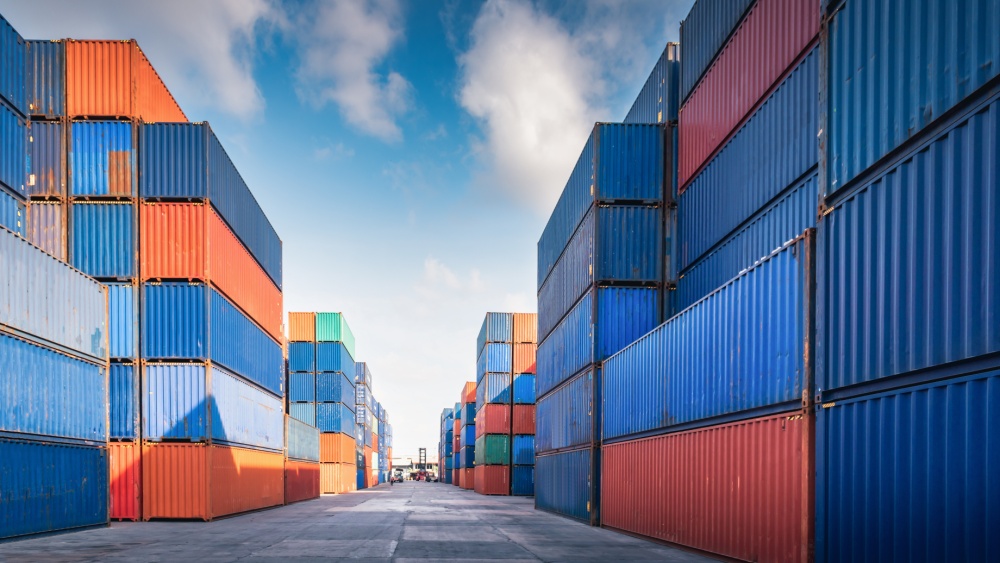EU trade in goods surplus up to €147 billion in 2024

In 2024, the EU trade in goods balance registered a surplus of €147 billion, representing a €113 billion increase compared with 2023 (€34 billion).
Between 2014 and 2024, the EU recorded a trade surplus every year except for 2022, when high energy prices led to a significant deficit. In all other years, trade surpluses in machinery, vehicles, and chemicals outweighed the deficits caused by energy prices.
The chemicals and related products group registered the largest increase in the last decade, doubling the surplus observed in 2014 from €119.1 billion to €238.1 billion.
The balance of food and drink also increased significantly, from €33.5 billion to €52.4 billion. In contrast, other manufactured goods changed from a surplus of €35.3 billion in 2014 to a deficit of €11.2 billion in 2024.
This information comes from data on international trade in goods published recently by Eurostat. This article presents a handful of findings from the more detailed Statistics Explained article.
Source dataset: ext_lt_intratrd
Data indicate that in 2024, imports decreased by 3.4% compared with 2023, following a substantial decrease in 2023 (-16.1%) compared with 2022.
Exports increased slightly by 1.1% in 2024, compared with 2023, after falling in 2023 (-0.5%).
In 2021, imports (+23.8%) and exports (+12.9%) experienced a strong rebound following the low levels of 2020 due to pandemic constraints. In 2022, the growth in imports (+41.6%) and exports (+17.9%) was primarily driven by rising prices.
Source dataset: ext_lt_intertrd
For more information
- Statistics Explained article on international trade in goods
- Thematic section on international trade in goods
- Database on international trade in goods
If you have any queries, please visit our contact us page.


